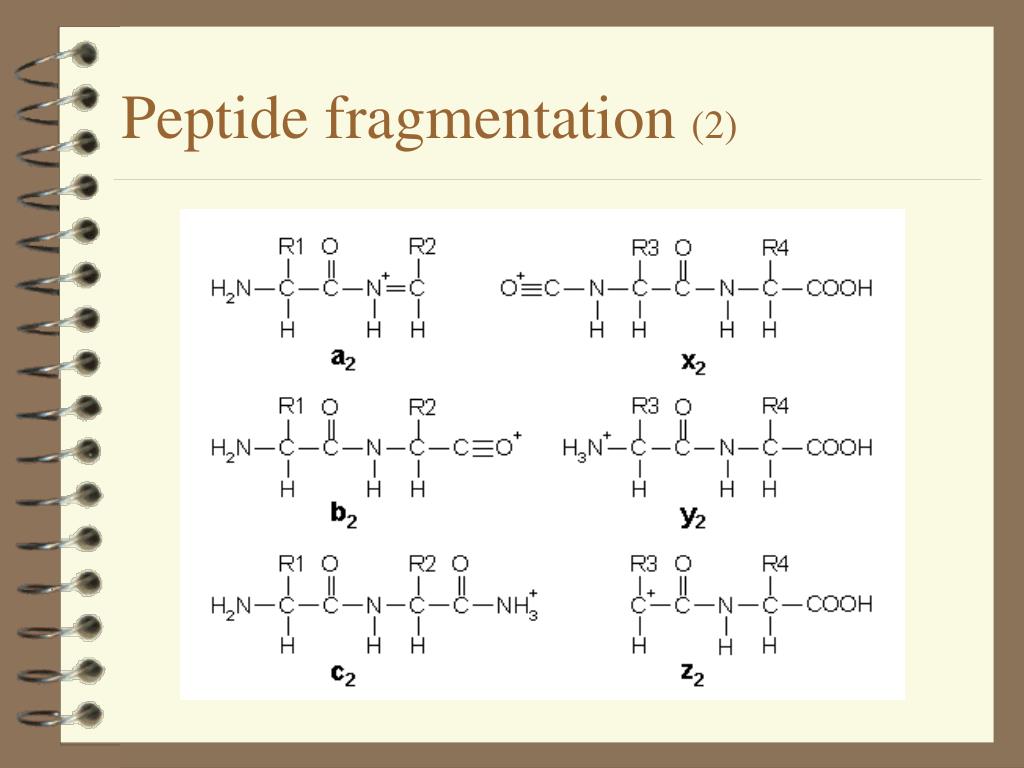
Computational approaches to peptide design have also been employed to design peptide binders with higher predicted SARS-CoV-2 RBD affinity than the ACE2-derived SBP1 17, 18, however a lack of simple and high-throughput experimental platforms for testing these peptides has, for the most part, prevented their validation in vitro. These tools have been used to identify miniproteins capable of blocking the interaction between SARS-CoV-2 RBD and ACE2 16. The availability of mature in silico tools to model three-dimensional protein interactions provides a platform to rapidly design and optimize potential binding sequences for a specific target protein. Peptides have been used previously for the detection of viral surface proteins and their low production cost, superior stability, high target affinity, small size, and ease of modification make them attractive in the anti-viral space 15. Peptides present an interesting opportunity in the development of new point-of-care diagnostics against SARS-CoV-2. Since then, numerous studies have confirmed that neutralizing antibodies and nanobodies from Covid-19 patients also bind primarily to the RBD 13, 14, solidifying the spike protein as a target for both detection and therapeutic efforts. Molecular dynamics simulations demonstrated that a short 23-mer peptide fragment from ACE2 (named SBP1) could bind to the SARS-CoV-2 RBD with micromolar affinity (K D = 1.3 µM) 12. Early in the pandemic, the crystal structure of ACE2 and SARS-CoV-2 RBD was solved (PDB code: 6M17 6) and used to identify a region within the α1 helix of the ACE2 protein directly involved in binding to the S protein RBD 9, 10, 11. Viral surface proteins, such as the S protein, are promising targets for both virus detection and neutralization. SARS-CoV-2 entry into host cells is facilitated by the S protein’s receptor binding domain (RBD) located on the S1 subunit, which binds to the angiotensin-converting enzyme 2 (ACE2) receptor located on epithelial cells lining the respiratory tract 8. Of these, the S protein, which consists of the S1 and S2 subunits, has been identified as the key structural protein responsible for initiating host cell attachment and membrane fusion 6, 7. Consistent with other CoVs, the virus consists of a single positive strand RNA genome that encodes four structural proteins: spike (S), envelope (E), matrix (M), and nucleocapsid (N). SARS-CoV-2 is the third coronavirus (CoV) in the past two decades to cause severe illness in humans. Antigen tests are able to yield results quicker than RT-PCR tests, however, issues with sensitivity limit their utility in the asymptomatic population 5. Currently, molecular assays such as reverse transcription polymerase chain reaction (RT-PCR) are the gold-standard for identification of acute stage infection, however these techniques require specialized laboratory instruments and lengthy experimental procedures with slow turn-around time 4. Delays in the development of reliable diagnostic tests, especially for point-of-care detection of acute infection, have made controlling the spread of the virus difficult, further contributing to the severity of the pandemic. Since its discovery in late 2019, severe acute respiratory syndrome coronavirus 2 (SARS-CoV-2) has grown into a worldwide pandemic, due largely in part to a high rate of transmission (with R 0 estimates as high as 5.7 1) and asymptomatic presentation (current estimates report 17% of cases are asymptomatic 2, 3).

Our results demonstrate the utility of this novel pipeline for the selection of peptide BREs in response to the SARS-CoV-2 pandemic, and the broader application of such a platform in response to future viral threats. Finally, we demonstrated the successful integration of one of the top peptides into an electrochemical sensor with a clinically relevant limit of detection for S protein in spiked saliva. Our optimized microarray platform allowed the simultaneous screening of ~ 2.5 k peptides and rapid identification of binding sequences resulting in selection of four peptides with nanomolar affinity to the SARS-CoV-2 S protein. To address this need, we developed a high-throughput pipeline combining in silico design of a peptide library specific for SARS-CoV-2 spike (S) protein and microarray screening to identify binding sequences. Rapid design, screening, and characterization of biorecognition elements (BREs) is essential for the development of diagnostic tests and antiviral therapeutics needed to combat the spread of viruses such as severe acute respiratory syndrome coronavirus 2 (SARS-CoV-2).


 0 kommentar(er)
0 kommentar(er)
